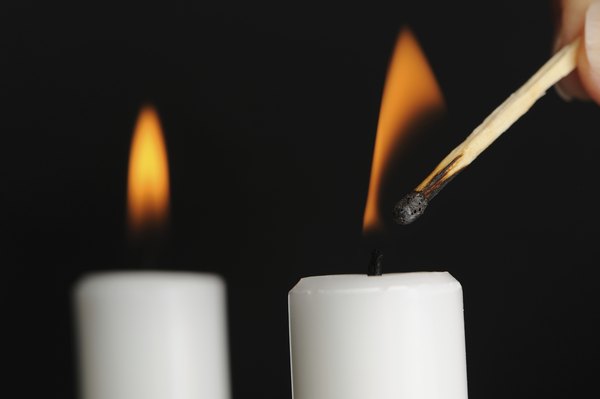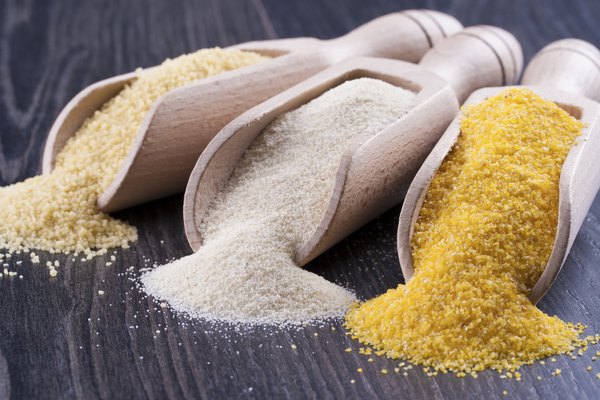
Discrepant events are occurrences which defy our understanding of the world by presenting unexpected outcomes. These phenomena are often used in science demonstrations to grab the attention of an audience and engage visual learners, particularly young children. Always encourage students to discuss what will happen before the experiment takes place. Allow them to convince themselves they know what will happen before surprising them with a discrepant event.
Air Pressure: Balloon

Insert a deflated balloon into a plastic soda bottle and stretch the mouth piece to fit over the mouth of the bottle. Blow air into the balloon. The balloon will not be able to inflate because there is air trapped in the bottle around the balloon. Prepare a second bottle and secretly poke a hole in the bottom of the bottle. You will easily be able to inflate the balloon. Moreover, if you cover the hole after inflating the balloon, the balloon will remain inflated.
Bernoulli Effect

Place 12 to 15 straight straws parallel to one another on a table top. Leave about 1/2 inch space between each straw. Set two empty aluminum soda cans on top of the straws a few inches apart. Blow air between the cans. Although is seems like the cans will be blown apart, they will actually be pulled together. This happens because the airflow creates a low pressure zone between the cans. The normal air pressure on the left and right sides of the cans will force them together.
Expanding Marshmallow

Place a mini marshmallow inside of a 7 oz. (200 ml) plastic syringe. Pull the plunger out so that the marshmallow has enough space to move freely. Plug the tip of the syringe with a cap or small piece of clay. Depress the plunger; the marshmallow will decrease in size even though the plunger is not touching it. Extract the plunger and the marshmallow will grow because there is less pressure on it allowing more air to fill the puffy sweet.
Jumping Flame

This discrepant event science experiment will allow you to light a candle without touching the wick. First, light two candles with a match or lighter. Allow them to burn for a full minute to build some heat. Blow out one candle and hold the second candle's flame just above the wick in the smoke that billows from the unlit wick. The flame from the second candle will use the smoke as fuel and connect with the first wick, relighting the candle. This occurs because all three requirements for creating fire are in place: heat, oxygen and fuel (the solid particles in the smoke vapor).
Oobleck: A Non-Newtonian Substance

Oobleck is an easy-to-make example of a non-newtonian substance, that is, a substance with viscous properties that change in response to pressure. Without pressure, oobleck retains the shape of a given container and flows easily. When pressed or stirred quickly, oobleck will harden and feel solid. You can make oobleck by mixing 1/2 cup of water with 1 cup of corn starch. Moisten the cornstarch enough to make a thick mixture; you may not need to use all of the water so add it slowly. If you fill a plastic bin with oobleck you can walk on water, sink or "cement" your feet in place. To fill an 18-quart basin you will need approximately 6 quarts of water and 12 quarts of cornstarch. Consider buying a bulk box of cornstarch from a bakery supplier.
References
About the Author
Sylvia Cini has written informative articles for parents and educators since 2009. Her articles appear on various websites. Cini has worked as a mentor, grief counselor, tutor, recreational leader and school volunteer coordinator. She holds a Bachelor of Arts in psychology from Clark University of Worcester, Massachusetts.
